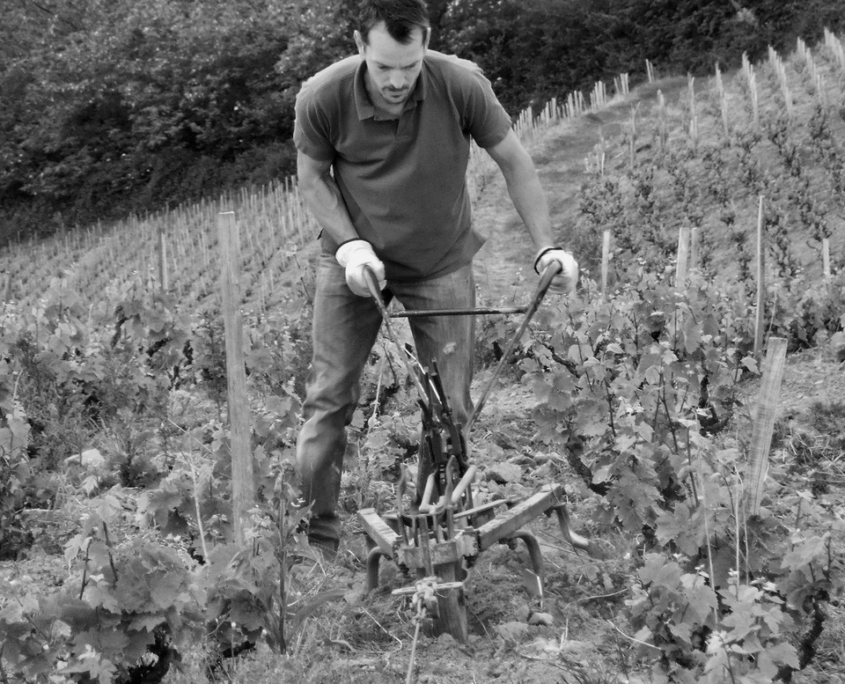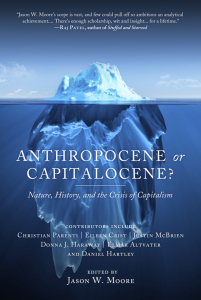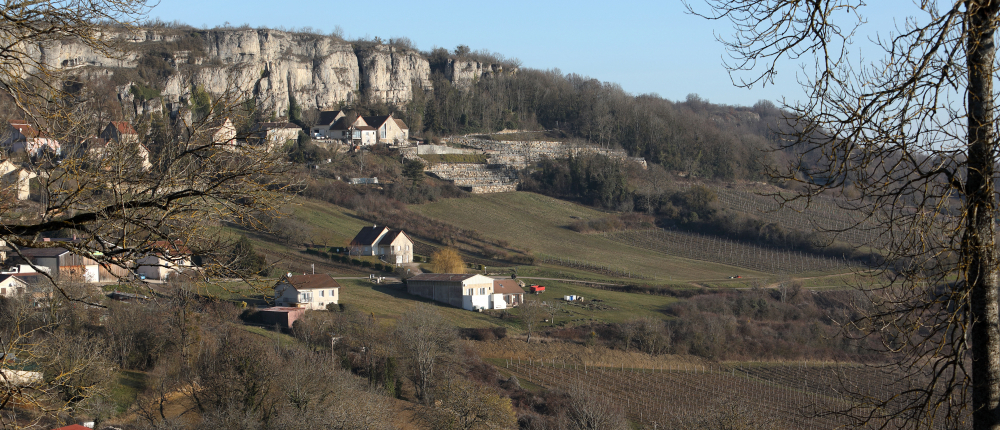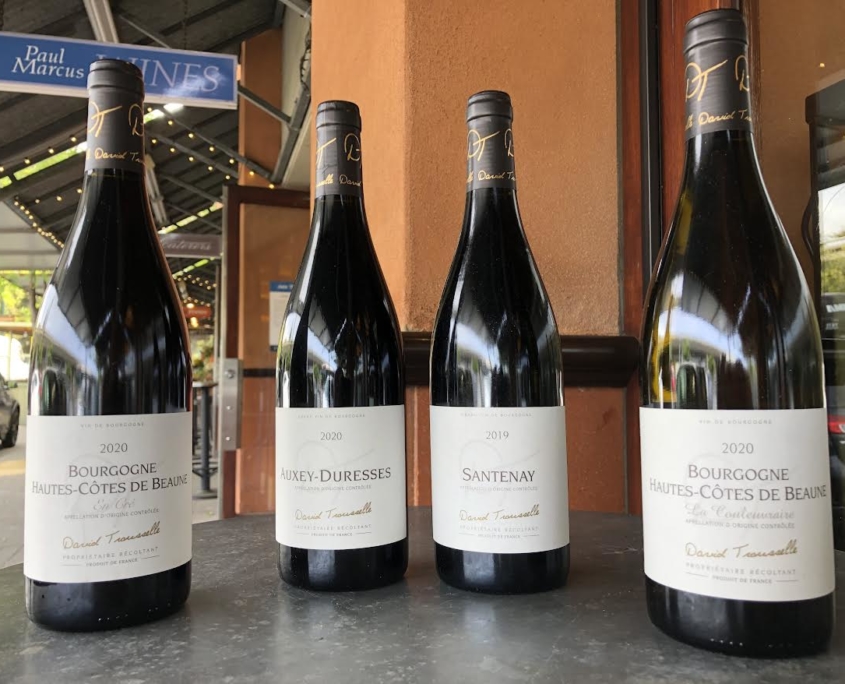I
I find more joy in a simple glass of wine these days than I ever have. Yet that course correction comes amidst a wee paradox: Except for when I was a graduate student, I’m drinking, on average, the least expensive wine of my life–but it’s not cheap.
Do I care less about wine? Or people? The pandemic–that revealing accelerant–has changed so much of our lives, but there’s a lot of silver in the linings. (I should mention that I’m also drinking less.) It is, I think, not that I care less about people or wine, but that I care about more people and more wine.
The case for cheap things is a cornerstone of late-capitalist consumer culture. However, most of the true costs of cheap products are spread among many people over vast areas–all of which suffer unfairly. Wine, for example, up to, say, $7 is, in a way, a false narrative. A bottle of wine that costs $7 (or less) can’t truly be had in 2022. Of course, you can find a wine for seven bucks in shops across the country, but most of the actual costs are hidden from most consumers. It might be a good deal for us, but somewhere down the line, as it were, it’s a bad deal for someone else–and often many others.
If everyone along the way to the production of a bottle of wine is being paid a living wage and has healthcare of some stripe–and if the environment is not taking an unhealthy hit–a bottle of wine should cost about 20 bucks*.
I realize this sounds a bit highbrow, or at least uppity, and perhaps it is, but too many of the costs of production for such radically inexpensive products are not in our calculus.All we think is that we deserve these products or just can’t afford to spend more–but we’re still paying. A 99-cent hamburger proves the same moral math. The environment takes an often uncalculated, off-the-menu hit as do many laborers along the way, including all of us.
Capitalist culture will tell you that some products are, in fact, too cheap to yield profit, but that’s by design. Some businesses say it’s their choice to sell their products at whatever prices they want. This, however, is thinking without consideration beyond profit. Such “loss leaders” fail to consider the lives of low-paid workers the world over, and such manipulations further accelerate environmental degradation and climate change. Is this true in every case? No, but we live in the Capitalocene, not the Anthropocene.
I am more interested in organic wine, biodynamic farming, or wine that is raised naturally. I want balance first, and pleasure first, and globally available local wine first, and if I can afford it, I want to pay for it because I want to support it–not merely for the bottle I take home, but for the whole process.
For many companies, the best way to sell a product is to limit the customer’s evaluation time during the purchase decision, and the easiest way to do that is to make the product cheap. The next step is to hide some of the costs, which often means hiding the human and environmental damages of the production.
So, I’ve begun to buy and drink wine that represents a good value but is also organically farmed and often biodynamically raised–and not falsely cheap. I’m trying to buy wine that is produced by growers that pay living wages to all their workers. The new pleasures I’ve found during these times include concern for the welfare, so far as I can tell, of people I will likely never meet. I’m still working it out, but I think if our only measure of success is to find the cheapest wine, and so, to line the pockets of the rich, it only serves to praise an idleness that feels cheap.
II
All the great wine shops in the East Bay, including Oakland Yard, Bay Grape, Ordinaire, and Minimo, have great selections and take responsibility for the wines they sell. That includes, to the extent currently possible, consideration of the wellbeing of everyone along the lines of production.
Like all the buyers in the shops mentioned above, the buyers at Paul Marcus Wines try to find wines with varietal authenticity, provide a sense of place, and are delicious. Furthermore, we try to ask the right questions of the importers in the hopes of making better purchase decisions for you. And this comes at a cost: the cost of a more equitable society.
This is not a note saying we are raising prices, but rather to say it is important to remember what we’re doing when we so often quickly or blindly “support the economy.”
—–
* This number is an approximation–a rhetorical flourish of sorts. The number would change dramatically depending on the variety in question, the location of the fruit source, and the city in which the wine is sold.




